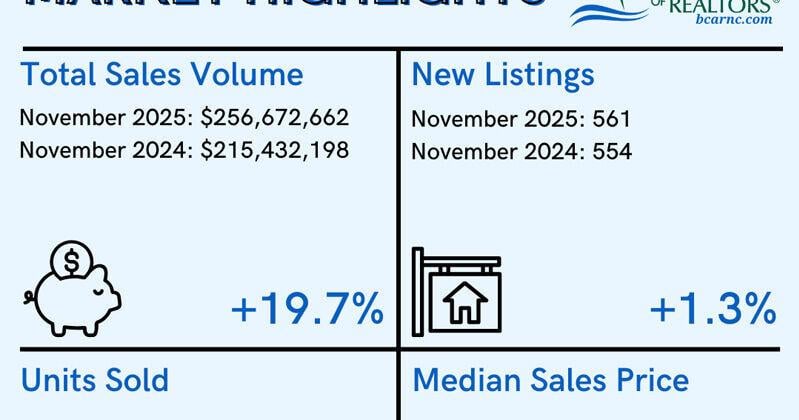A
simple fix for the housing market’s “lock‑in” problem is to overhaul the tax code. Moody’s Analytics, led by Mark Zandi and Cristian deRitis, shows that the outdated capital‑gains caps are keeping millions of homes off the market and out of reach for families.
The issue begins when many empty‑nest seniors stay in large homes that no longer suit them. Selling would trigger steep capital‑gains taxes, so they remain locked in. The problem is worst in high‑cost metros, where even modest sales can generate six‑figure tax bills. This misallocation creates a logjam: about six million older Americans live in oversized houses, while growing families squeeze into too‑small homes and young households remain stuck renting.
The lock‑in effect is distinct from high mortgage rates and stems from the 1997 Taxpayer Relief Act, which set a $250,000 exclusion for single filers and $500,000 for married couples. These thresholds have not moved in nearly 30 years. If indexed to home‑price growth, the exclusions would be $885,000 for individuals and $1.77 million for couples today. Instead, the static caps force many homeowners—especially in California and Florida—to face huge taxes when they move. In a nation full of “everyday millionaires,” many can’t afford to pay these taxes on their real‑estate assets.
Zandi and deRitis argue the quickest remedy is to index the caps to inflation or actual home‑price growth, or to raise or eliminate them entirely. Doing so would instantly release inventory, enabling empty‑nesters to downsize and freeing up family homes. For example, a widow with a 2,800‑sq‑ft house would face $750,000 in capital gains; after the $250,000 exclusion, she would owe over $100,000 in taxes—more than 20% of her proceeds. The disincentive to sell is strong; she would likely stay until death, letting heirs inherit the property on a stepped‑up basis and avoid the tax altogether.
The Congressional Research Service estimates that capital‑gain taxes on sales above the caps generate $6–10 billion annually in federal revenue. However, Zandi’s analysis suggests much of this could be offset by other tax streams if turnover rises. Moody’s also found that higher housing turnover boosts labor mobility, a key driver of regional economic growth. When people can move for jobs, metros with more transactions see higher employment and GDP. Increased sales generate new revenue for local governments through transfer and property taxes, while commissions and remodeling purchases inject billions into the economy.
The burden currently falls on middle‑income owners in expensive regions—often after life events like divorce or the death of a spouse—rather than on the wealthy, who can sidestep taxes with sophisticated strategies. Indexing or eliminating caps would shift the burden to those least able to pay and smooth market frictions that hurt families of all ages.
Some fear that changing the exclusion could flood the market, but Moody’s analysis indicates that even a 25% spike in listings would restore sales to pre‑crisis levels. A time‑limited adjustment could jump‑start the market without destabilizing prices. The change would also save taxpayers and the IRS millions in compliance costs, as many would no longer need to track decades of paperwork.
The housing market is aging. First‑time buyers are at a historic low, with a median age of 38. In July, more seniors were actively buying homes than Gen Z or millennials. Boomers now own over 54% of U.S. homes—up from 44% in 2008—and 79% are mortgage‑free. This concentration makes it easier for seniors to hold onto their homes by tapping equity, a trend that will shape the U.S. economy for the next few years.














